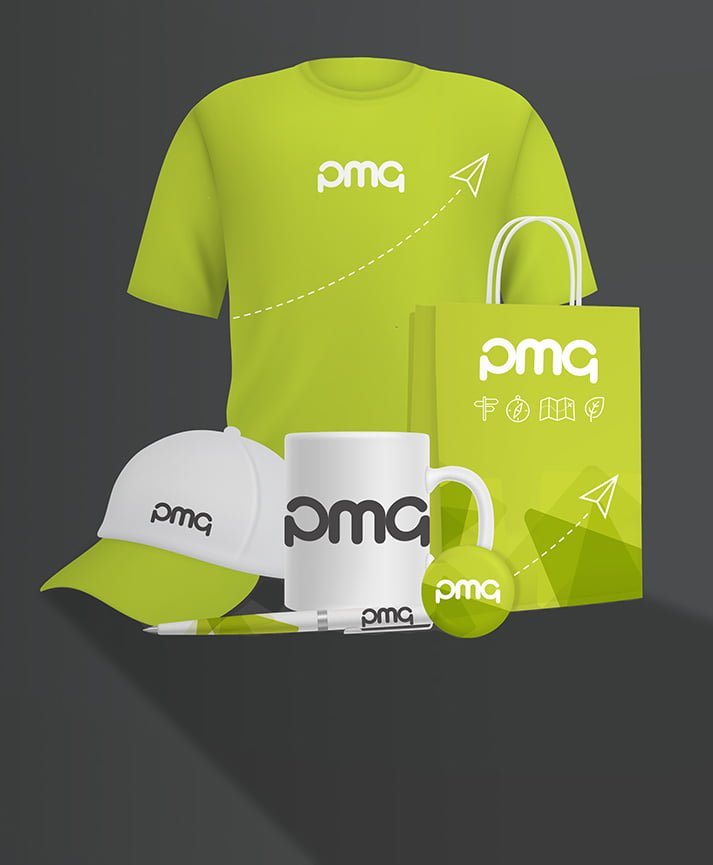
Every large organisation will have brand guidelines. Plenty of smaller companies have them to. But are they any use, or are they a vanity project concocted by marketing departments in an attempt to make themselves look good?
What are brand guidelines?
The handbook for all design and print suppliers working for a company, brand guidelines set out the rules around how the logo and visual brand should be used. Some versions will also specify tone of voice and have rules around certain words or phrases that should or shouldn’t be used.
They will stipulate where a logo goes – always top right, for example – the amount of space that needs leaving around it, and a palette of brand colours that can be used.
Any other parts of the brand identity, whether that’s about photography, other images, backgrounds, textures or other icons that the brand uses, will also be explained and the parameters set out.
And as there are myriad shades and tones within a colour, the Pantone references for the brand colours should be specified so that everything looks the same when printed.
Some brands will even think about paper stock and what that says about their brand. Seasalt Cornwall, for example, use uncoated paper for their brochures to evoke a feeling of being raw and close to nature – part of its brand identity. The paper is a decent weight, indicating quality.
Do we really need brand guidelines?
Consistency is king when it comes to building a brand. The holy grail is that someone can see a piece of marketing and know that it belongs to your brand without seeing the name or logo.
Plenty of people will think that they should be able to create whatever they want on behalf of their company, but this leads to many variations on a brand, and creates inconsistency.
Inconsistency breeds mistrust, so big brands carefully guard their identity, checking everything complies with the agreed guidelines. Some companies, like Coca Cola and BP, even go as far as trademarking their brand colours to ensure other companies can’t pass themselves off as the real deal.
Brand guidelines in print
We are actually fans of brand guidelines, with our studio regularly picking up designs supplied by clients that don’t meet their own brand guidelines. The guidelines exist to stop a hundred different interpretations of what people think collateral for their brand should look like, so it’s important we flag when something strays from the rules we’ve been given.
Although they might feel like a vanity project for the marketing team, brand guidelines do serve a real purpose and, when a company can get everyone to stick to them, help to ensure anything produced in that company’s name is professional and consistent.
Do you agree? Or are brand guidelines something you’d rather do without?
















































